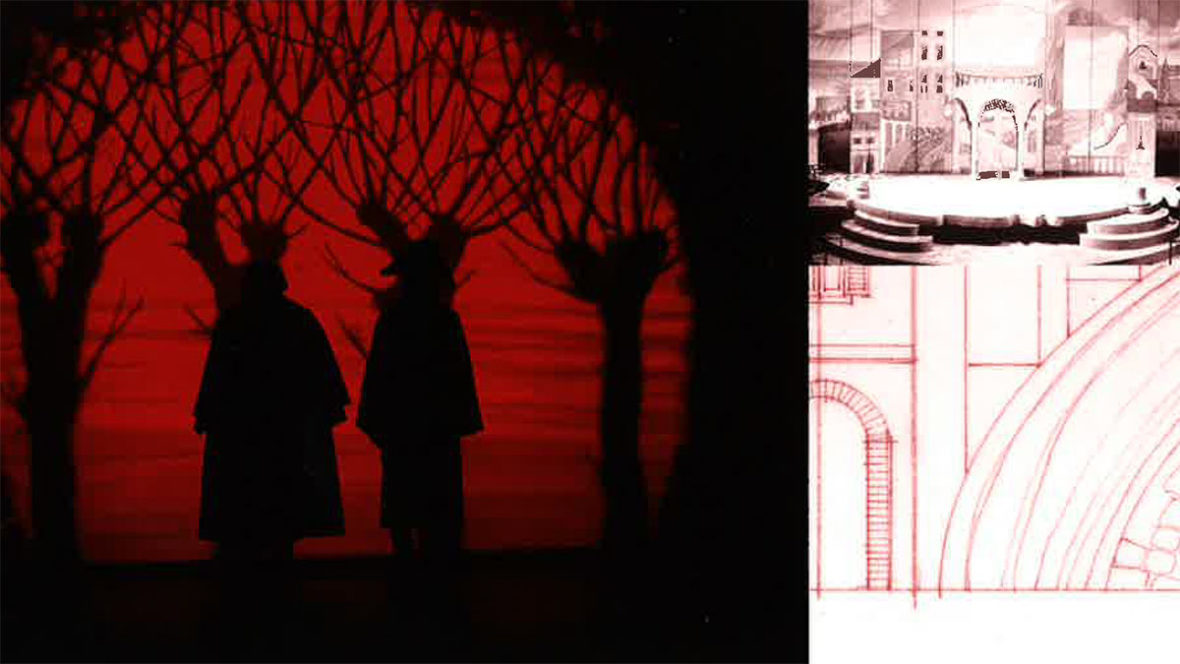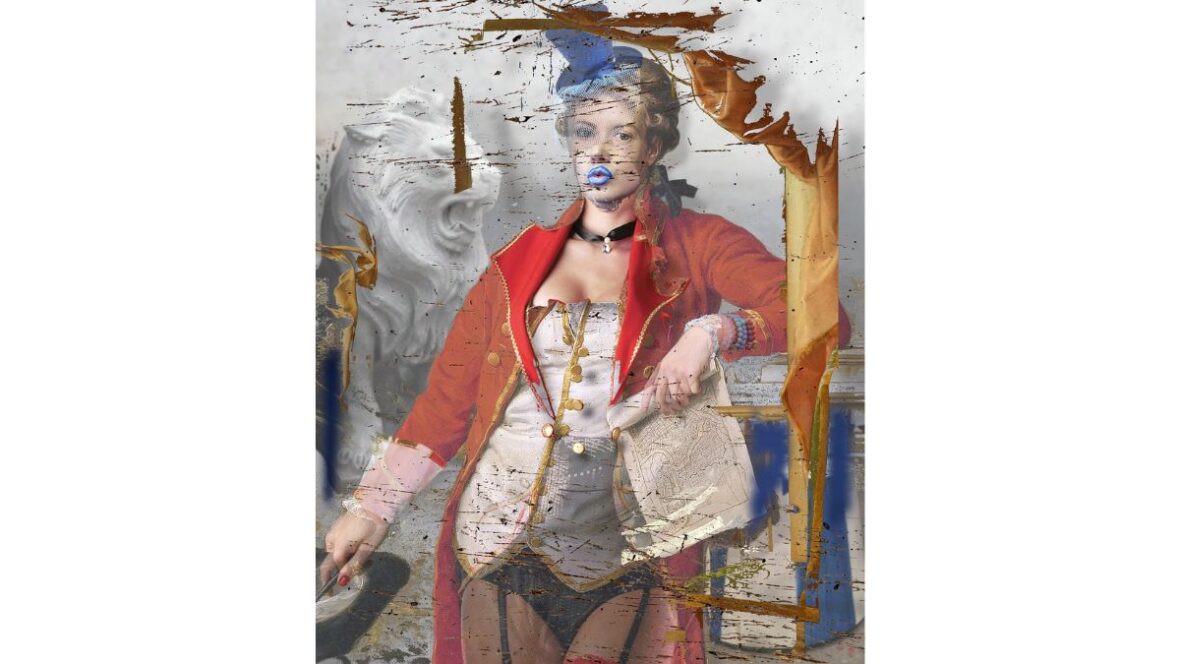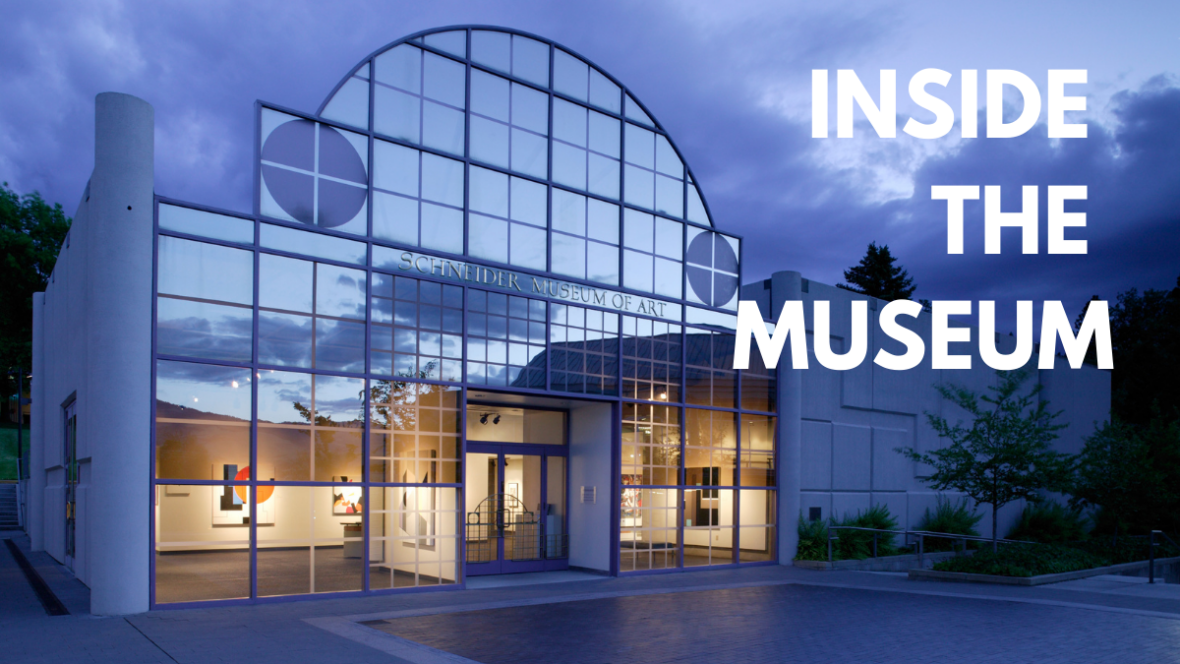Scenic Design of Richard L. Hay:
Oregon Shakespeare Festival
Exhibition Statement
A major figure in American scenic design, Richard Hay has had a long and highly distinguished career as one of the nation’s most noted scenic designers. Hay worked with the Oregon Shakespeare Festival for over fifty years. This exhibition was the first museum exhibition of Hay’s work, designed to document and elucidate the deep and important contribution that Hay made to American scenic design and to the arts in America.
The exhibition, “The Scenic Design of Richard Hay” presented by the Schneider Museum of Art, traced 21 years of Richard Hay’s work at the Oregon Shakespeare Festival (from 1980 to 2001). Two of the designs included in the exhibition (“Miss Julie”, 1997, and “Macbeth”, 1998) were produced for Portland Center Stage, a company founded by the Oregon Shakespeare Festival in 1988. All other exhibited designs were from productions in Ashland. Elucidating Hay’s work for sixteen productions, the exhibition revealed the artist’s process from the moment an idea first emerges as a rough thumbnail sketch, to more sophisticated drawings and architectural elevations, to the scale model, and ultimately to the finished set. These materials not only afford the visitor the opportunity to follow the step-by-step process through which Hay develops a set, but they also illustrate Hay’s process and the various ideas and approaches that were scrapped and changed along the way.
Central to the exhibition were the three-dimensional scale models that Hay created for each production. These models revealed in miniature the ultimate impact of a set prior to its realization. The model is an invaluable tool frequently referenced by cast, crew, and director throughout the preparatory stages of a production. Representing a highly tangible vehicle for studying theatrical design, models however are generally created to be temporary and are rarely preserved. Although Hay designed for the theatre since 1957, the earliest existing exhibitable model from his oeuvre is from the 1980 production “Carilonus”. The “Carilonus” model therefore establishes the starting point for the exhibition, which follows Hay’s oeuvre up to his most recent production at the time of the exhibition, “Oo-Blah-Dee”.
Although this exhibition focused on Hay’s work for the Oregon Shakespeare Festival, Hay who has designed sets for over 200 productions, has also designed for Stanford University, the University of Bristol in England, Denver Center Theatre Company, Mark Taper Forum in Los Angeles, American Conservatory Theatre in San Francisco, Old Globe Theatre in San Diego, Missouri Repertoire company in Kansas City, Berkeley Repertoire Theatre, the Guthrie Theatre in Minneapolis, and Kennedy Center in Washington, D.C.
Richard Hay, who first joined the Oregon Shakespeare Festival as a lighting assistant in 1950 and first designed for the Festival’s Elizabethan stage in 1953, has had a long and distinguished career that has included such honors as serving as a Fulbright Scholar in England and receipt of the Oregon Governor’s Award for the Arts. He also spent a number of years teaching and designing for Stanford University. In 1969 Hay became a resident designer at the Oregon Shakespeare Festival, and designed the Bowmer Theatre. And in 1977 along with Duncan MacKenzie he designed the Black Swan Theatre.
Richard L. Hay has played an essential role in the development of the Oregon Shakespeare Festival. The Schneider Museum of Art was pleased to recognize this role, and to play a part in documenting and elucidating this important chapter in the Festival’s history.
-Sanford S. Shaman
Artist
Richard L. Hay



